A history of the 14 Hastings in Vancouver: an interview with planner Peter Klitz about the iconic bus route
A history of the 14 Hastings in Vancouver: an interview with planner Peter Klitz about the iconic bus route
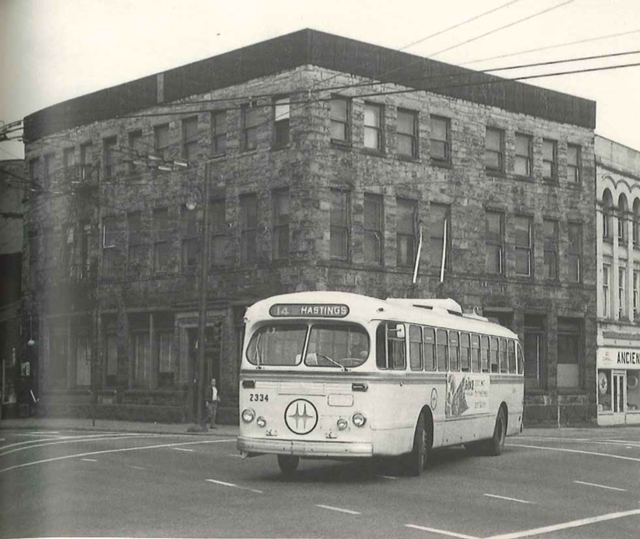
Repost: Written by Jhenifer Pabillano and originally published April 7, 2011.
During our April 2011 service changes, we brought back the 14 Hastings trolley route—an iconic former bus route that ran through Vancouver’s downtown for many years!
The 14—which even had a famous play named after it—makes its triumphant return to the streets due to optimization changes for the 10 and 17 trolley routes.
Here to tell us more about the 14’s history and its current incarnation is Peter Klitz, one of TransLink’s planners involved in the project. Read on for more insights and some classic photos of the 14 through time!
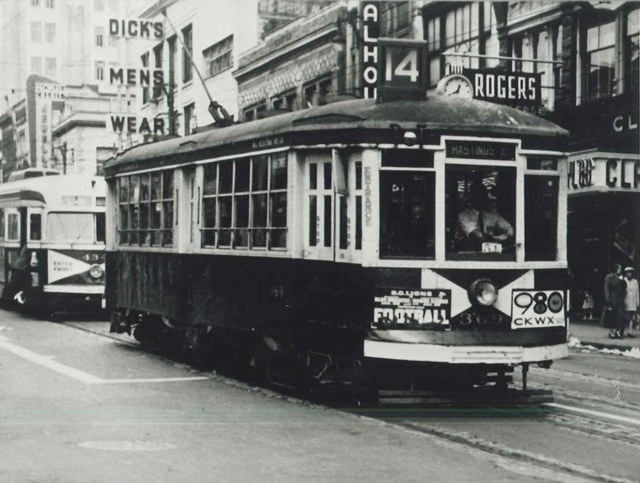
Why is the 14 such an iconic route?
The 14 used to be an old streetcar route that ran along Hastings Street. The street car was discontinued in April 1955 and in June 1955 the trolley bus service started. That’s the era when a number of cities in North America were converting old streetcar routes to bus. In Vancouver we took a different path and converted some of our streetcar routes to overhead-based trolley service on rubber wheels instead of rails. I’m sure some people wished that we had kept the streetcars, but that’s a topic for another day.
The 14 actually ran from 1955 to 1997 when the #14 number was retired. The service wasn’t discontinued, it was just changed to a different route number. But the #14 is forever linked to Hastings Street, which is such an integral corridor in the City of Vancouver. Hastings Street runs along the waterfront where goods were unloaded from ships and transferred to the railway. Because Hastings Street was a streetcar route, it helped shape the development of the city along that corridor. A lot of people travelled on the 14, and it brings back a lot of fond memories of their childhood, growing up in Vancouver as a developing city. That’s probably why it’s so iconic.
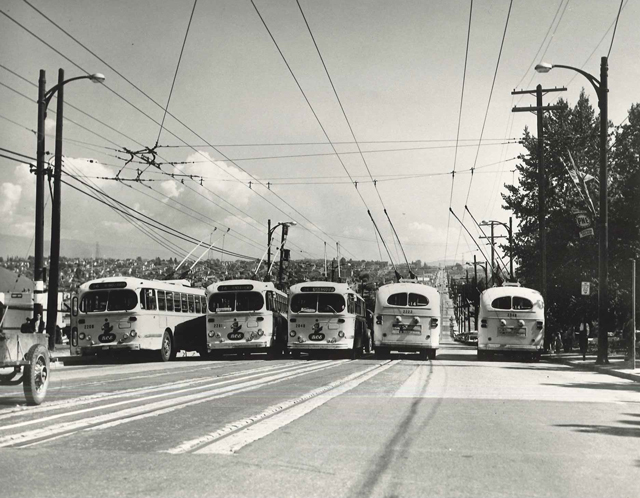
It’s sort of arbitrary what number we put on a bus. So is it safe to assume that there was some advocacy within TransLink or CMBC planning to bring the 14 back?
I think so. Planners have a soft spot for historic bus route numbers. So there was definitely a lot of support when the idea was floated to bring back the old #14.
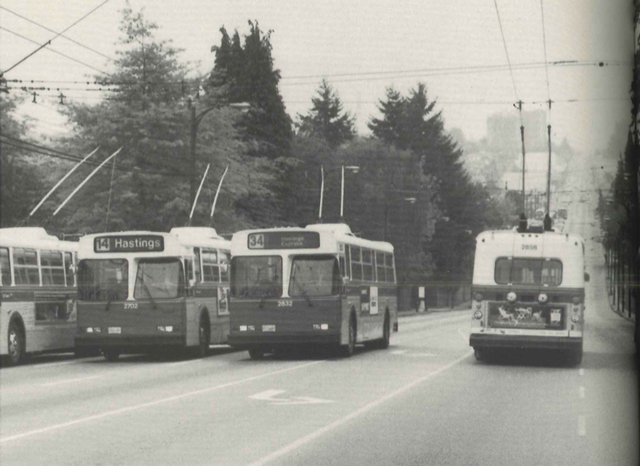
Why is the 14 needed again? Can you talk a bit about the 10 and the 17 routes, and why changes to those routes are required?
Well, every once in a while, we review the performance of our system and look at ways that we can optimize our service. Every corridor in Vancouver generates a different ridership demand, and we endeavour to supply a level of service that meets that demand.
Trolley routes are a little bit unique from diesel bus routes: they are more permanent because of the overhead trolley infrastructure. They are also less flexible in terms of interlining, the linking of one route with a different route. Diesel buses are much more flexible—a diesel bus can come into an exchange from one route and leave as another. At UBC, for example, a bus can come in as a 99 B-Line and leave as a 44 Downtown or a 43 Joyce Station. But with trolley routes an interline is more permanent, almost like a marriage between two corridors in a city. In some cases, that pairing lasts for a really long time and in some cases we take a look and that see that the ridership isn’t well between the corridors anymore. So we look and see if there’s any other corridors in the city that are a better match.
In this case, with the change in travel patterns that resulted from the introduction of the Canada Line, we took a closer at the trolley routes in the city and saw that the 17 was out of balance. The 17 currently goes all the way from Oak Street, through downtown, on Broadway to UBC and through Hastings, essentially a pairing of the Oak Street corridor and the Broadway corridor to UBC. We recognized that those pairings weren’t really working anymore. We need to provide more service on the Oak Street portion than on the Broadway section, because there’s so much other service on Broadway. The ridership demand was unbalanced. So this adjustment is our way of better matching ridership demand with service levels.
We saw the ridership demand on Hastings matched well with the demand on Broadway to UBC. So Hastings St has been hooked up to UBC. All the services that exist today still continue to operate, and that route pairing will be known as the 14. The 17 stays on Oak Street, the 10 stays on Granville Street and everyone gets a service level that matches ridership. This also helps simplify the network, for customer legibility, so people can understand the individual routes and overall network better.
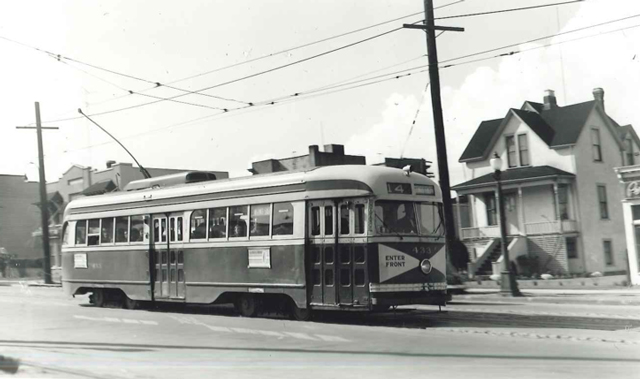
Does the 14 take in a bit of the historic 14 route?
Absolutely. The new #14 will operate on Hastings Street from Downtown to Kootenay Loop, same as it used to in the past. It follows the same trolley wires the old #14 did.
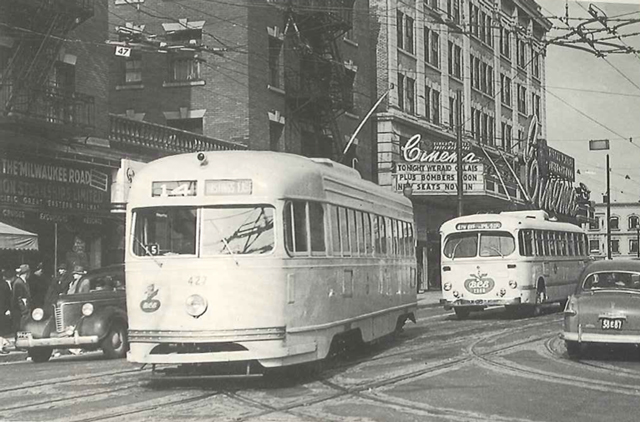
How do you personally feel about seeing the 14 back on the streets? Do you have any personal experience with the route?
I think it’s great. I never drove the 14, it was discontinued before my time, but I pulled many trips on Hastings Street in my days as a transit operator. I have a love for history, and it’s such a historic, iconic route, one of the oldest trolley routes in the system. I think, whenever possible, we should celebrate the history of our city and remind ourselves of how we’ve grown.
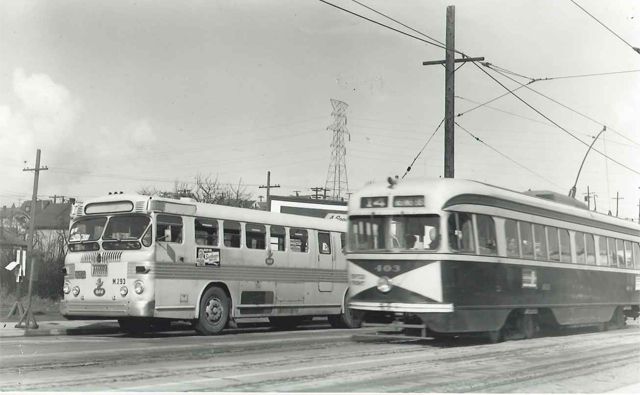
And last but not least, because I’m sure someone wants to know: what about the 34 Hastings Express, which is another historic route that used to run on Hastings Street? What are the odds of that coming back?
I don’t know if we’re going to be able to bring that one back. It was an express route and used the express wires on Hastings Street, but I think we’re probably going to go in a different direction and any express service or limited stop service in the future will probably be a B-Line type service. Right now we have the 135, they provide a limited stop service with articulated buses on that corridor. I think the next step in the evolution of the service would be some sort of B-Line and then maybe some rapid transit. But that’s also a topic for another discussion.
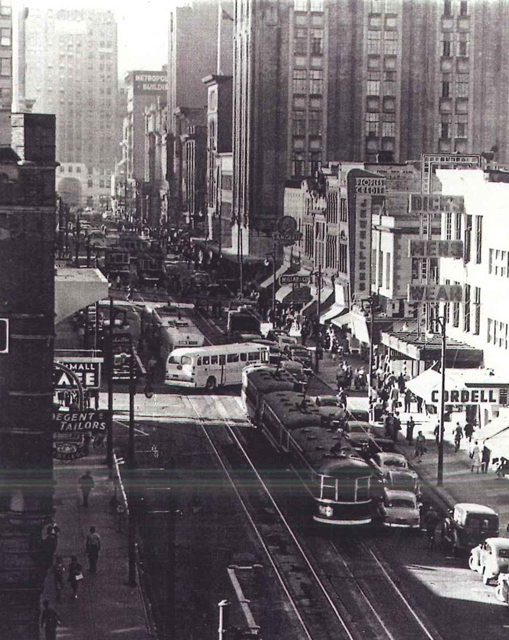
And what’s the difference between a B-Line and a limited stop service?
Limited stop service is really just a specific stopping procedure; those services could operate anywhere with a wide variety of service levels, hours of operation and vehicle types. A B-Line, however, is more of a service brand. People have an expectation that B-Line service will be above and beyond regular services with respect to frequency, capacity and extended hours of operation. B-Lines operate on our busiest corridors and are often a precursor to rapid transit, for example the 98 B-Line/Canada Line, the 97 B-Line/Evergreen Line, and the 99 B-Line/future rapid transit on the Broadway corridor. They also often have some sort of transit priority measures to help with speed and reliability. I think there’s still a lot of life left in the B-Line brand. It’s very recognizable within our region. Right now we’re working on bringing B-Line service to the South of Fraser, on King George Boulevard, for example.
Thanks so much Peter!






I disagree on bus #10. I think that bus #10 was an express route along Hastings Street. That bus number should retire. In a replacement, bus #20 should be a history event on that bus, because long before SkyTrain, that route was the 1st route to put in the 1984 flyer trolleys. Now with the buses of #10 and #20, it’s time to make that route possible again. Both of those routes are articulated buses and both buses are 1 of the busiest routes in Vancouver. Discontinue #10 to make way for bus #20 – Granville/Victoria.
Yes, I agree with Kelly. I remembered that #20 Granville/Victoria was the best route for the Granville area and then moved to #8 Fraser/Granville and then #10 Hastings/Granville. Therefore, with the articulated #20 bus the #10 and #20 should come back to their regular routing.
Interesting idea interlining the 10/20. And I think it it preferable to have through-routes instead of layovers downtown (they are more productive, picking up and dropping off people at the same time). However it does get to be a long route, which may propagate delays and bus bunching. Also the 20 does seem to have a higher frequency than the 10 (10 minute frequency weekend afternoons vs 15 minutes for the 10, for example). I actually think the 8/20 would be a better pairing in terms of frequency. I’m sure the Translink planners would be able to weigh in :)
I notice that the article on the #14 route (thanks for the great photographs!) refers consistently to the streetcar route as “Hastings”. That is the name of the trolley bus route (whatever its number). As can be seen from the photographs, the name of the streetcar route was “Hastings East”. I have a theory about why this was so, but, for the time being, before I offer my suggestion, perhaps I should leave it to you or other readers to try to explain the name of the former streetcar line.